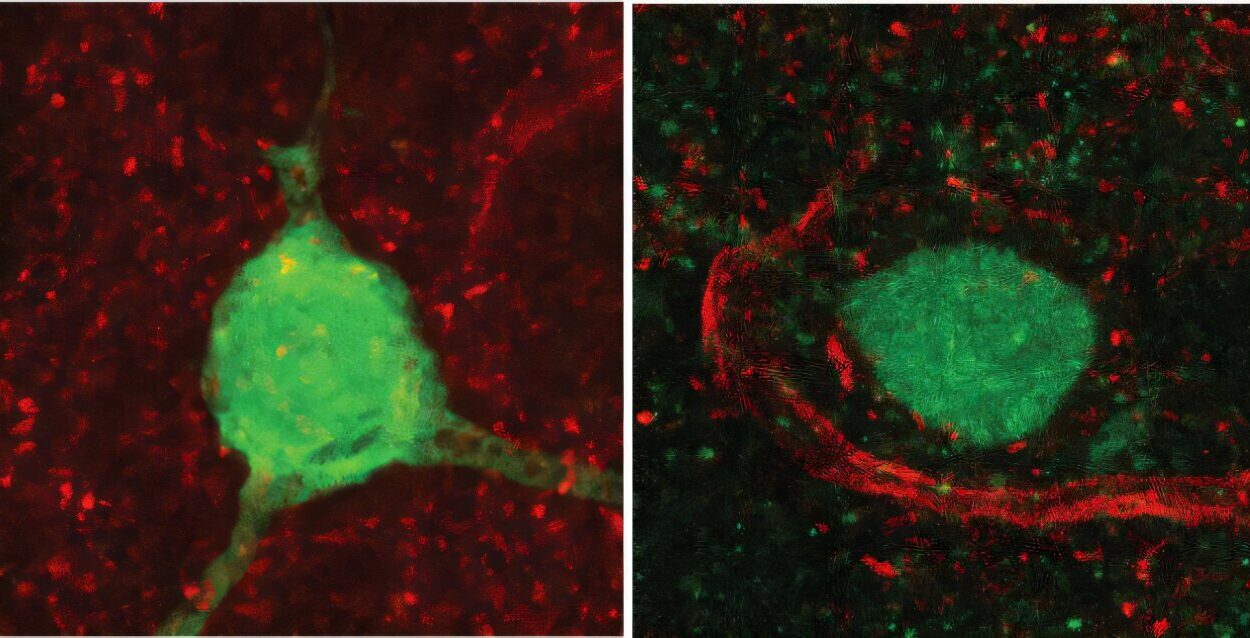Becoming a new mother is a life-changing experience filled with joy, wonder, and sometimes, unexpected challenges. Among the many adjustments, breastfeeding often stands out as one of the most intimate yet daunting aspects for many moms. It’s a natural process, yet it doesn’t always come naturally, and that’s perfectly okay. This guide aims to support new moms with practical advice, encouragement, and reassurance to make the breastfeeding journey smoother and more fulfilling.
Understanding the Beauty and Science of Breastfeeding
Breastfeeding is more than just feeding your baby; it’s a profound bond that nourishes both body and soul. The biology behind it is remarkable—your body produces milk uniquely tailored to your baby’s nutritional needs, changing over time to support growth and development. From the initial colostrum, rich in antibodies, to the mature milk that sustains your infant, breastfeeding provides immune protection, fosters brain development, and promotes emotional connection.
However, knowing the science doesn’t always prepare you for the real-life experience. Each mother-baby pair is unique, and so is their breastfeeding journey. Approaching this process with patience and openness is key.
Preparing Mentally and Physically Before Baby Arrives
Preparation can make a significant difference in your breastfeeding experience. Mentally, it helps to embrace flexibility and set realistic expectations. While breastfeeding is natural, it’s not always effortless. Some moms latch immediately with ease, while others face hurdles that require time and support to overcome. A mindset grounded in patience and self-compassion will help you navigate these ups and downs.
Physically, caring for your body during pregnancy by staying hydrated, eating a balanced diet, and engaging in gentle exercises can promote milk production later on. Some mothers find prenatal breastfeeding classes invaluable—not just for technical tips but also to connect with other expectant moms, share fears, and build community.
The First Hours and Days: Establishing a Successful Start
The initial hours after birth are often called the “golden hour” for breastfeeding. Skin-to-skin contact immediately after delivery helps regulate your baby’s temperature and breathing while encouraging natural rooting and sucking instincts. Holding your newborn close, unclothed except for a diaper, stimulates the release of hormones like oxytocin, which promotes milk letdown and maternal bonding.
During these early days, your body begins producing colostrum—a thick, nutrient-rich “first milk” that’s packed with antibodies to protect your baby from infections. Although the quantity may seem small, it’s perfectly suited for your newborn’s tiny stomach.
New moms sometimes worry about whether their baby is getting enough milk. Watching your baby’s swallowing motions, wet diapers, and contentment after feeding are better indicators than the amount you can see. Don’t hesitate to seek help from lactation consultants or nurses if you have concerns—they can observe a feeding session and offer invaluable guidance.
Mastering the Art of Latching
A proper latch is one of the most crucial aspects of comfortable and effective breastfeeding. It might take some trial and error to find the latch that works best for you and your baby. A good latch means your baby’s mouth covers not only the nipple but a good portion of the areola (the darker skin surrounding the nipple), enabling effective milk transfer and reducing nipple soreness.
Pay attention to your baby’s positioning as well—whether you hold them in a cradle hold, football hold, or side-lying position, the goal is to ensure comfort for both of you. Baby’s head should be aligned with their body, not twisted, and their nose should be near your nipple, allowing them to tilt their head back slightly.
If you experience pain beyond the initial tender moments or notice cracks and bleeding on your nipples, this often signals a problematic latch. In these cases, reaching out to a lactation expert is essential. They can demonstrate adjustments and recommend soothing treatments.
Feeding on Demand and Recognizing Baby’s Hunger Cues
Newborns are little eaters who require frequent feedings, often 8 to 12 times or more in 24 hours. Feeding on demand—responding to your baby’s hunger cues rather than sticking to a strict schedule—supports milk production and keeps your baby satisfied.
Learning to recognize hunger signs is empowering. Babies might root (turn their head toward your breast), suck on their hands or lips, fuss, or make sucking noises. Crying is usually a late hunger signal, so tuning in to earlier cues can make feeding smoother and less stressful.
Feeding on demand also strengthens your milk supply because the more your baby nurses, the more signals your body receives to produce milk. It’s a beautiful feedback loop between mother and infant.
Overcoming Common Challenges
Breastfeeding isn’t always smooth sailing. Many new moms face hurdles like sore nipples, engorgement, clogged ducts, or mastitis (a painful infection). Understanding these issues and how to manage them can prevent frustration and health complications.
Sore nipples can often be alleviated by improving latch technique and giving your nipples time to heal with expressed breast milk applied topically. Engorgement, where breasts become overly full and uncomfortable, can be eased by frequent feeding, gentle massage, and warm compresses. If a clogged duct develops, massaging the area and ensuring your baby drains the breast thoroughly helps.
Mastitis requires medical attention and antibiotics but can usually be resolved quickly if treated early. Remember, none of these challenges are signs of failure—they are part of the learning curve.
The Role of Support Systems
No mother should feel she must breastfeed alone. Having a strong support system makes a world of difference. Partners, family members, friends, healthcare providers, and peer support groups all contribute to a nurturing environment that encourages breastfeeding success.
Partners can help by assisting with household chores, providing emotional support, and learning about breastfeeding themselves. This involvement not only lightens the mother’s load but strengthens the family bond.
Connecting with other breastfeeding moms through support groups, either in person or online, offers a safe space to share stories, ask questions, and find solidarity. Knowing others face similar challenges can provide comfort and encouragement.
Nutrition and Self-Care for Breastfeeding Moms
While breastfeeding, your nutritional needs increase to support milk production and your own health. Eating a balanced diet rich in whole foods like fruits, vegetables, whole grains, lean proteins, and healthy fats provides the energy and nutrients you need.
Staying hydrated is equally vital. Breast milk production depends heavily on fluid intake, so drinking water regularly throughout the day is essential. Some moms find herbal teas like fenugreek or fennel helpful for boosting milk supply, but it’s important to consult a healthcare provider before starting any supplements.
Self-care extends beyond nutrition. Rest, as much as possible, helps your body recover and maintain energy. While newborns disrupt sleep patterns, taking naps when your baby sleeps, asking for help, and managing stress through relaxation techniques can improve your wellbeing.
Expressing and Storing Breast Milk
For moms returning to work or needing to be away from their babies, expressing milk is a valuable skill. Whether using a manual or electric breast pump, expressing milk allows you to maintain supply and ensure your baby continues to receive breast milk even in your absence.
Learning the best techniques for expressing—such as breast massage before pumping and emptying the breasts thoroughly—can improve output and comfort. Storing expressed milk properly is critical. Milk can be safely stored at room temperature for a few hours, refrigerated for up to four days, and frozen for months, depending on your freezer type.
Labeling milk containers with the date and time of expression helps ensure the oldest milk is used first, maintaining freshness and quality for your baby.
Breastfeeding and Returning to Work
Balancing breastfeeding with returning to work can feel overwhelming but is entirely achievable with planning and support. Preparing ahead by gradually introducing a feeding schedule that aligns with your work hours, learning to express milk efficiently, and communicating with your employer about your needs for breaks and a private space for pumping are key steps.
Many workplaces have embraced policies to support breastfeeding mothers, recognizing the health benefits for babies and cost savings related to reduced infant illness. Advocating for yourself and knowing your rights can ease this transition.
Establishing a trusted caregiver who understands how to handle expressed breast milk and feed your baby properly also provides peace of mind.
Weaning: When and How
Deciding when to wean your baby from breastfeeding is a deeply personal choice, influenced by your and your baby’s needs, lifestyle, and health considerations. Some families breastfeed exclusively for six months or longer, while others combine breastfeeding with formula or begin weaning earlier.
Gradual weaning tends to be gentler for both mother and baby, allowing the baby to adjust to new feeding methods and the mother’s milk supply to decrease naturally. Introducing a variety of nutritious foods as your baby grows is important for their continued development.
It’s normal to experience emotional ups and downs during this transition. Breastfeeding often becomes a cherished ritual, and stepping away from it can bring feelings of loss. Taking time to acknowledge your emotions and finding new ways to bond with your child helps maintain that close connection.
Breastfeeding Beyond Infancy
The World Health Organization recommends breastfeeding for up to two years or beyond, as mutually desired by mother and child. Extended breastfeeding can continue to provide nutritional, immunological, and emotional benefits.
In many cultures, breastfeeding beyond infancy is common and accepted, though in others, societal attitudes might be less supportive. It’s important for mothers to make choices that feel right for them and their families without judgment.
As children grow, breastfeeding may become less about nutrition and more about comfort, security, and closeness. The dynamics change, but the bond remains powerful.
Cultural Perspectives and Modern Challenges
Breastfeeding is influenced by cultural norms, traditions, and societal pressures. In some communities, public breastfeeding is embraced, while in others, it can be stigmatized, making it difficult for mothers to nurse when out and about.
The rise of social media has brought both support and scrutiny to breastfeeding mothers. Online communities can be lifelines, yet misinformation and unrealistic portrayals can cause confusion and guilt. Navigating these influences critically and seeking evidence-based advice is crucial.
Modern challenges also include the marketing of infant formula, which, despite its necessity in some situations, can sometimes undermine breastfeeding confidence. Health organizations worldwide emphasize that breastfeeding should be supported as the optimal feeding choice, but always respect individual circumstances.
When Breastfeeding Isn’t Possible
For various reasons, some mothers are unable to breastfeed or choose not to. Medical conditions, insufficient milk supply, or personal preferences all play roles. It’s important to recognize that feeding your baby with formula or donor milk is also an act of love and care.
Mothers who cannot breastfeed may face feelings of disappointment or guilt, but knowing that infant health depends on safe, adequate nutrition—however it’s provided—can offer reassurance.
Healthcare providers and support networks should create environments free of judgment, where all feeding choices are respected and supported.
Celebrating the Journey
Breastfeeding is a journey filled with unique moments of connection, growth, and learning. Every mother’s story is different, with its own joys and trials. Celebrating small victories, like a successful latch or a peaceful feeding, builds confidence.
It’s equally important to be kind to yourself during difficult times. Asking for help, resting when possible, and acknowledging your efforts honor the incredible work you’re doing.
Your dedication not only nurtures your baby’s body but also builds a foundation of trust and love that will last a lifetime.
Breastfeeding is a rich and rewarding experience that extends far beyond the simple act of feeding. It weaves together the threads of biology, emotion, culture, and personal growth. Whether you breastfeed for weeks, months, or years, know that your commitment nourishes more than just your baby’s body—it nurtures a lifelong bond and supports your own journey as a mother.
If you ever feel uncertain or overwhelmed, remember that you are not alone. The community of mothers, healthcare providers, and support networks stands ready to guide you. Embrace the experience, honor your unique path, and celebrate the beautiful, imperfect, and powerful journey of breastfeeding.






